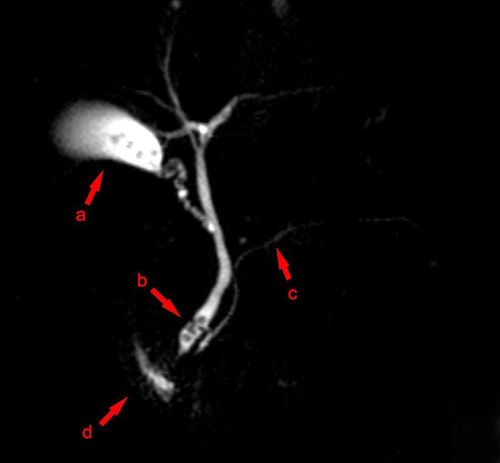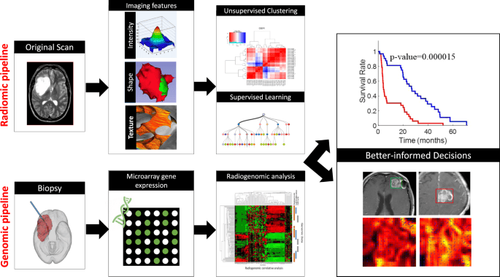This is an automatically translated article.
Dotarem medicine has the main ingredient is gadoteric acid 0.5 mmol/mL, belongs to the group of contrast agents from the Gadolinium base, which is commonly used in magnetic resonance imaging (MRI) of the brain, spine and related tissues. Patients should learn the necessary information about the ingredients, uses and side effects of Dotarem before performing magnetic resonance imaging (MRI).
1. What is Dotarem?
What is Dotarem? Dotarem is prepared in the form of a solution for injection of 10mL, 15mL and 20mL with the main ingredients including:
Active ingredient: Gadoteric acid 27,932 g/100mL or 0.5 mmol/mL Excipients: Just enough 1 ampoules Mechanism of action
Gadoteric acid is a molecule with paramagnetic properties, when placed in a magnetic field this molecule develops magnetic moments. From there, the magnetic moments will help increase the relaxation rate of the water protons in the vicinity, leading to an increase in signal strength or brightness in those tissues. Gadoteric acid cannot cross the blood-brain barrier, so its concentration will not increase in normal brain tissue or in lesions with a normal blood-brain barrier such as cysts, large scars after surgery. However, the discontinuity of the blood-brain barrier or in the abnormal blood vessels will allow the distribution of gadoteric acid into damaged tissues such as in brain tumors, cerebral infarction or brain abscess.
2. What is the effect of Dotarem?
Dotarem is used as an adjunct in magnetic resonance imaging (MRI) in adults or in children > 2 years old:
Cranial magnetic resonance imaging. Magnetic resonance imaging of the spine. Doratem helps to visualize abnormalities in the skull, spine or nearby tissues such as blood vessels, organs and other non-skeletal tissues more clearly on magnetic resonance imaging (MRI).
3. Contraindications of Dotarem
Contraindicated to use Dotarem in the following cases:
Hypersensitivity to any ingredient of the drug. History of allergy to Gadolinium-based contrast agents. Pregnant or lactating women. Young people < 2 years old. People with severe renal impairment.
4. Dosage and how to use Dotarem
Patients need to use the dose prescribed by the doctor.
How to use
For adults and children (including term infants), the recommended dose of Dotarem is 0.2 mL/kg (0.1 mmol/kg), given as an injection intravenously by hand or with an electric syringe, at a flow rate of approximately 2 mL/s for adults and 1-2 mL/s for children.
Reference dose:
Dotarem dosage based on weight
| Cân nặng (Kg) | Thể tích (mL) |
| 2.5 | 0.5 |
| 5 | 1 |
| 10 | 2 |
| 20 | 4 |
| 30 | 6 |
| 40 | 8 |
| 50 | 10 |
| 60 | 12 |
| 70 | 14 |
| 80 | 16 |
| 90 | 18 |
| 100 | 20 |
| 110 | 22 |
| 120 | 24 |
| 130 | 26 |
| 140 | 28 |
| 150 | 30 |
Note: Dotarem is used in medical facilities that have MRI services and must be supervised by medical staff. Therefore, patients and family members are not allowed to buy drugs for their own use.
5. Notes when using Dotarem
5.1.Side effects encountered after injection of Dotarem According to studies on 2867 patients using Doratem, from the US FDA, about 4% of patients had at least 1 unwanted side effect that occurred immediately. or within 24 hours of using Dotarem. Most side effects are mild or moderate.
Common : Nausea, headache, pain or cold feeling at the injection site, rash. Uncommon: Drowsiness, anxiety, palpitations, gastrointestinal disturbances, asthenia, fatigue, increased or decreased blood pressure, paresthesia, pruritus, laryngeal dyspnea, limb pain. Rare: Cardiac arrhythmia, tremor, coma, convulsions, diarrhea or constipation, increased salivation, high fever. The most severe can be anaphylaxis. Patients should stop taking the drug as soon as they detect the above symptoms after using Dotarem. Patients who feel abnormal signs should immediately notify the doctor or technician to stop the MRI and promptly handle it.
5.2. Notes on the use of Dotarem in subjects Be careful when using Dotarem in the following cases: Adults > 60 years old, children < 2 years old, people with severe renal impairment. It is necessary to adjust the dose of Duratem and monitor it continuously, when deciding to use the drug in these subjects. Pregnant or lactating women: No studies have shown harmful effects when using Dotarem in this population. Therefore, using Dotarem or even performing magnetic resonance imaging techniques on these subjects must be very cautious and must be approved by a doctor. Use caution when using Dotarem on drivers or workers operating machinery, because it can cause dizziness, drowsiness, headache in 24 hours after using the drug.
6. Dotarem drug interactions
Drugs that reduce Dotarem excretion when used concurrently:
Ciclosporin. Icosapent. Cefotiam. Mesalazine . Cefmenoxime. Cefmetazole. Pamidronate . Tenofovir disoproxil . Indomethacin. In addition, Techneti Tc-99m is reduced in effectiveness when used concurrently with Dotarem.
Above is an overview of ingredients, dosage, uses and notes when using Dotarem. In order to prevent and promptly handle side effects of the drug, patients, family members and doctors need to cooperate in implementing and monitoring cases of using Dotarem in support of magnetic resonance imaging (MRI).
Follow Vinmec International General Hospital website to get more health, nutrition and beauty information to protect the health of yourself and your loved ones in your family.
Please dial HOTLINE for more information or register for an appointment HERE. Download MyVinmec app to make appointments faster and to manage your bookings easily.













